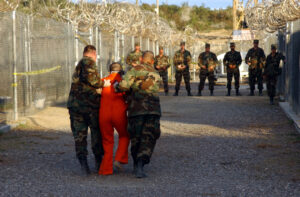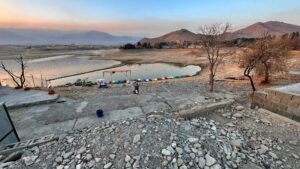Refugee Crisis Leaves the Deepest, and Cruelest, Mark on 2015
It was a year of Trump, Shkreli, terror attacks, mass murders, police shootings and the legalization of same-sex marriage But the most significant news was about the thousands fleeing from war or the harsh results of climate change It was a year of Trump, Shkreli, terror attacks, mass murders, police shootings and the legalization of same-sex marriage. 1
2
1
2

A baby shoe on a Lesbos beach on the first day of 2016. Thousands of refugees arrived on the Greek island in 2015 after crossing the Aegean Sea from Turkey. (Santi Palacios / AP)
Independent journalism is under threat and overshadowed by heavily funded mainstream media.
You can help level the playing field. Become a member.
Your tax-deductible contribution keeps us digging beneath the headlines to give you thought-provoking, investigative reporting and analysis that unearths what's really happening- without compromise.
Give today to support our courageous, independent journalists.









You need to be a supporter to comment.
There are currently no responses to this article.
Be the first to respond.